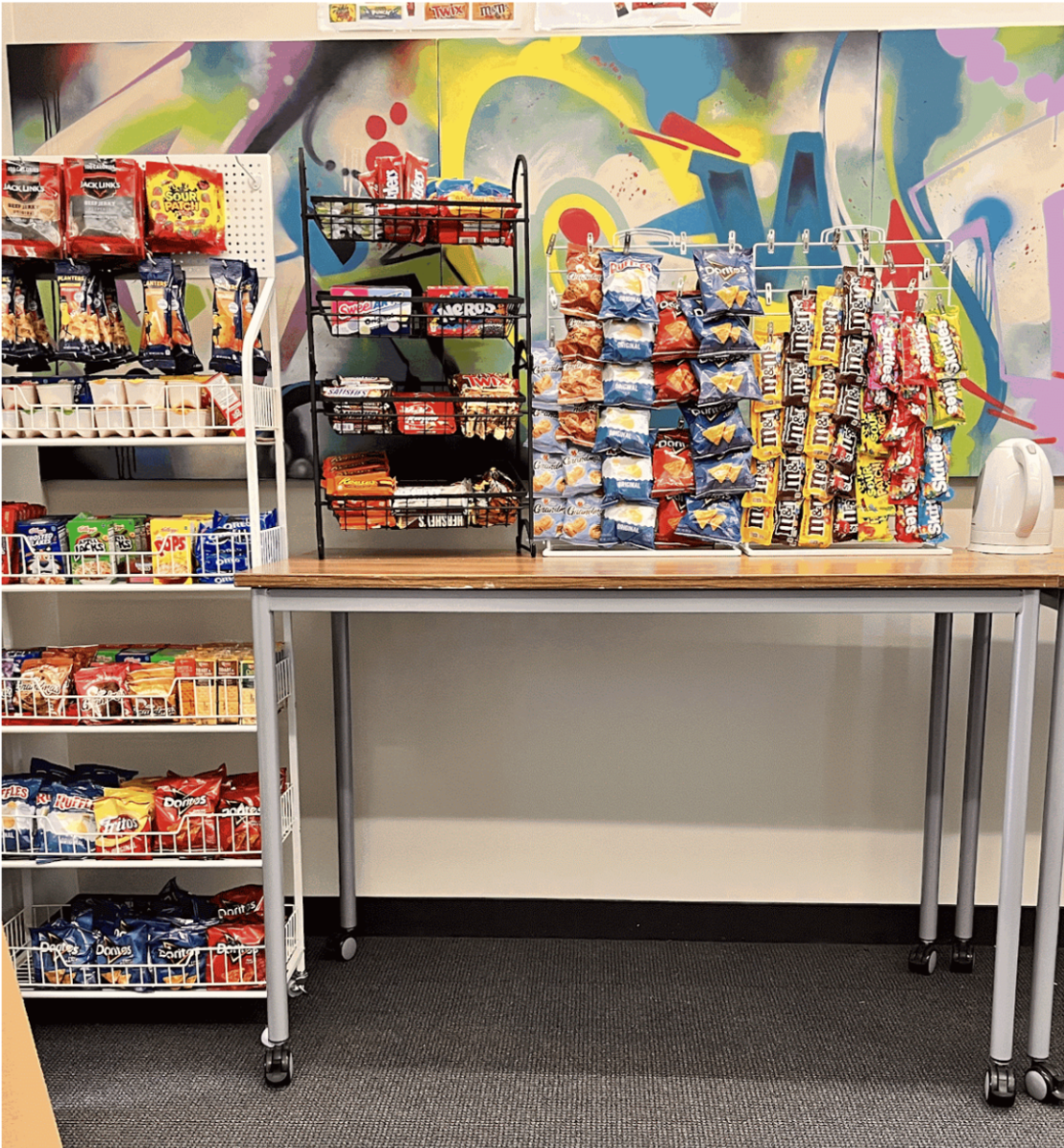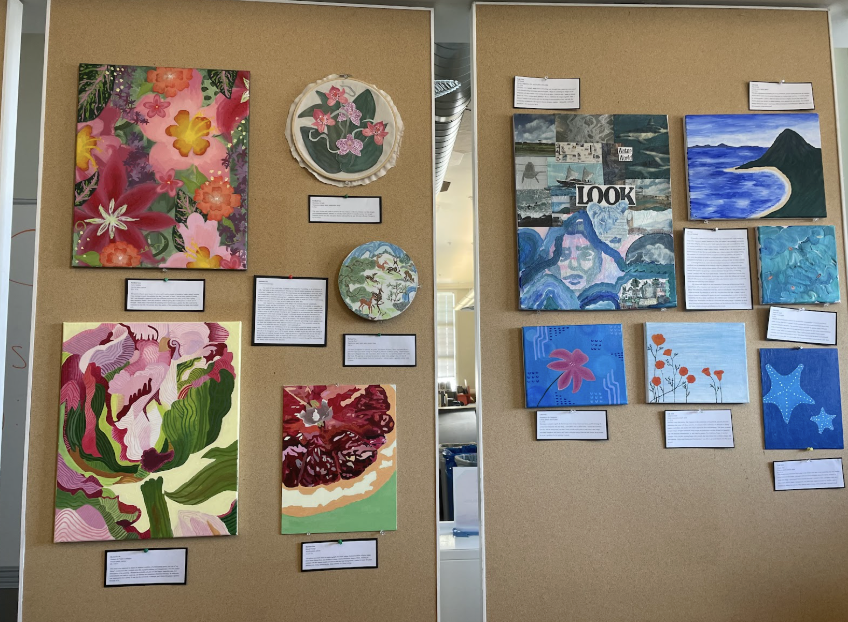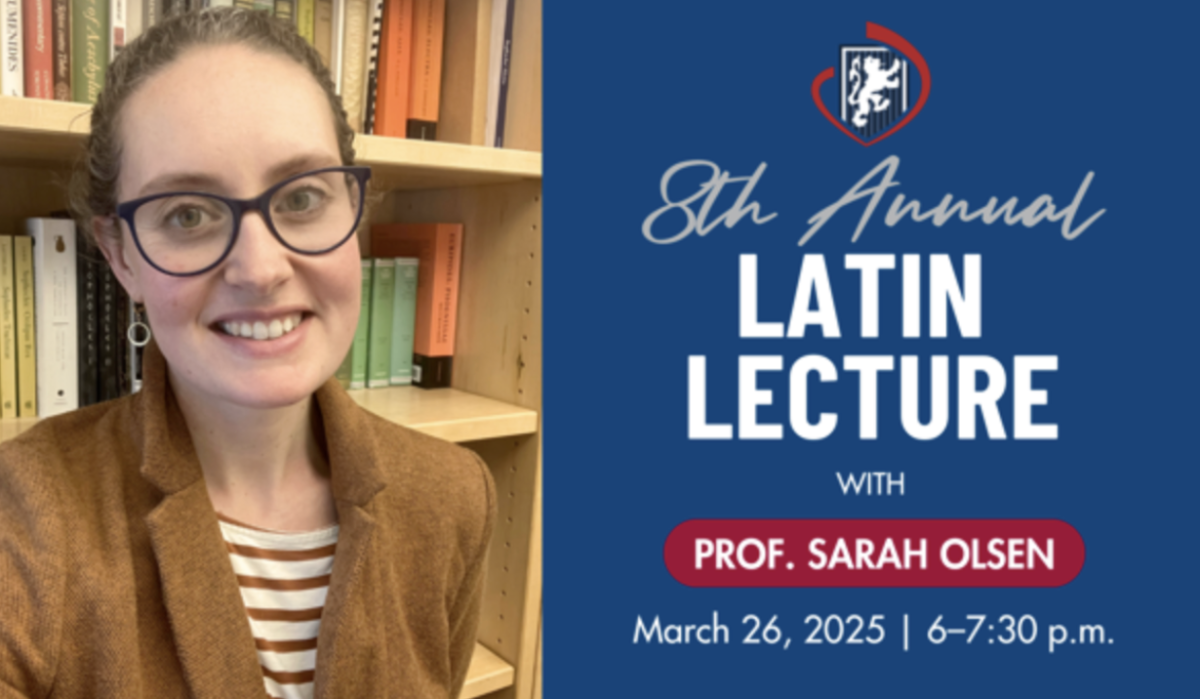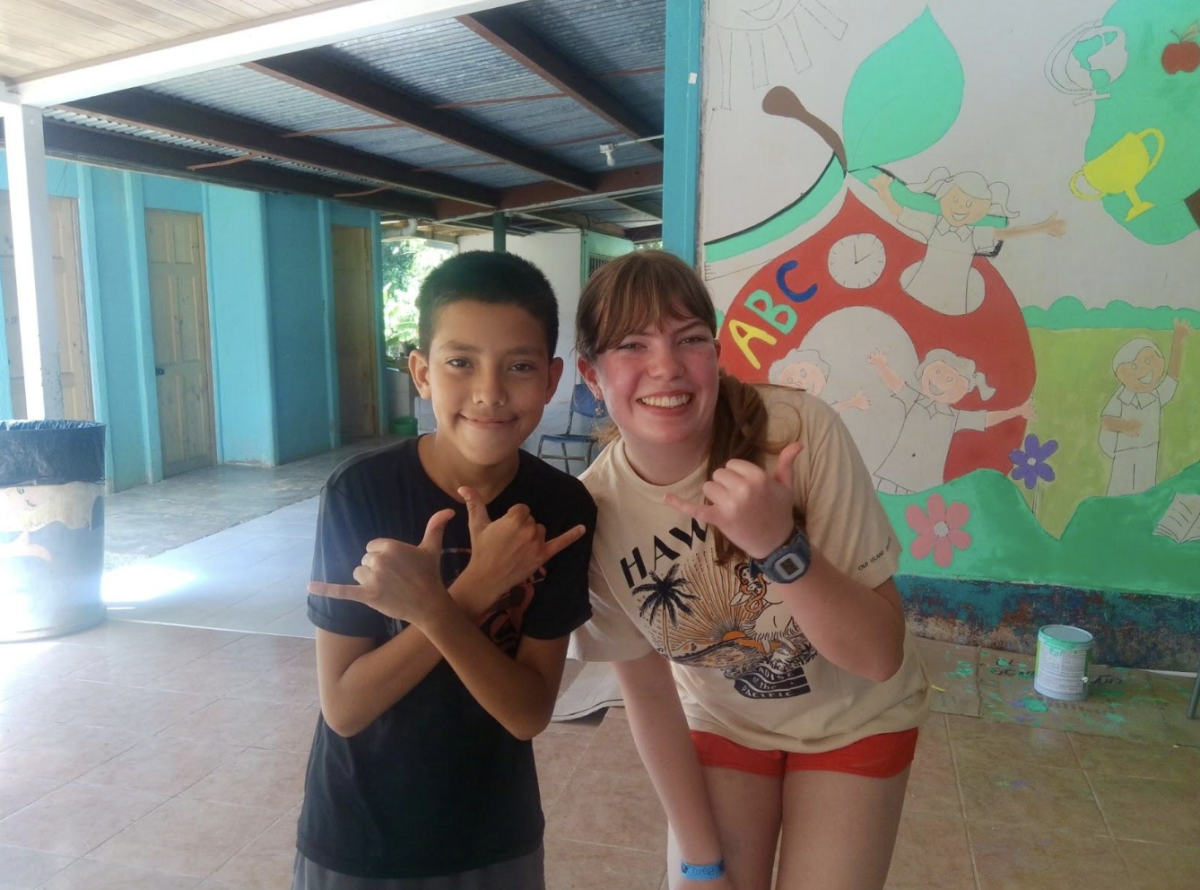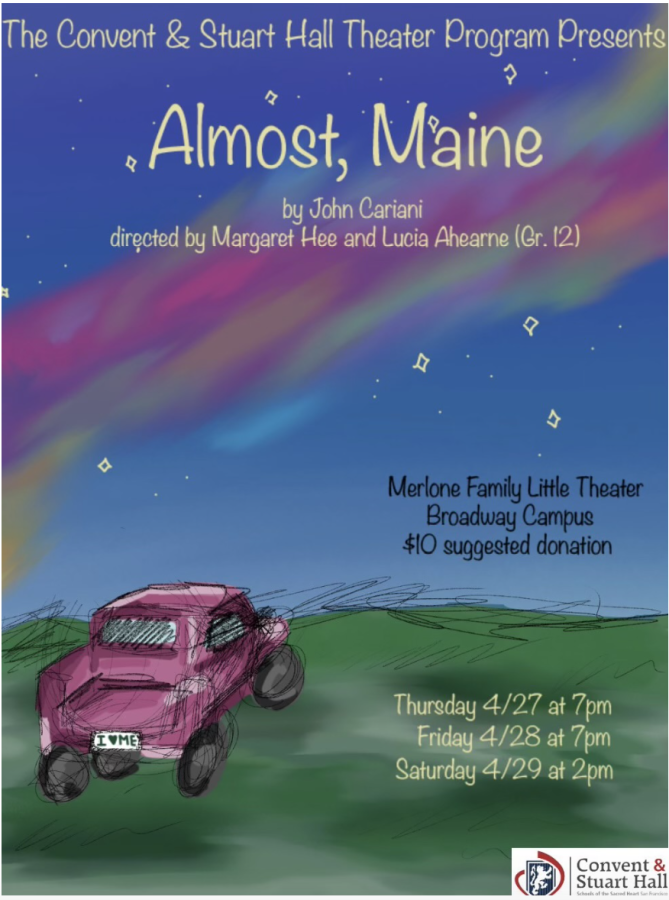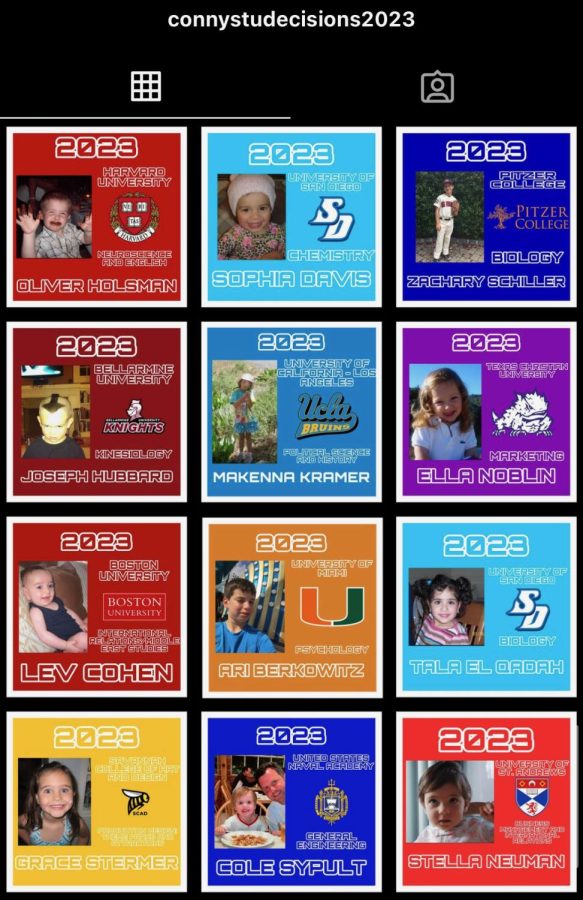Rebecca Siegel
Design Editor
Despite Mothers Against Drunk Driving (MADD)’s daunting statistic that car crashes are the number one killer of people aged 16 to 19 in the United States, many teenagers still engage in the dangerous game of reckless and irresponsible driving.
“I hear about girls who are the ‘least drunk’ driving home from parties all the time,” junior Cassidy Lewallen said. “I don’t think they get that even if they’re not falling over, they’re still totally incapable of operating a car safely.”
While most parents are somewhat relieved when their teens are able to legally drive because the words “taxi driver” or “chauffeur” are erased from their job description, the risks involved with teen driving can be fatal.
“I’ve been the designated driver for many of my friends when they’ve been drinking at parties,” a student, who refused to be named because she said she did not want to be associated with underage drinking, said. “Most parties are in Marin or the Peninsula so you sort of need a car to get to them.”

One in five teenagers binge drinks, but only one in 100 parents believes that his or her teen does according to the Institute of Medicine.
“My parents don’t know I drive to parties, and they don’t know my friends drink,” the same student said. “I don’t think they’d let me drive if they knew that’s what was going on.”
California has a zero tolerance rule for underage drinking, and teens who are found to be under the influence while operating a motor vehicle can face up to $10,000 in fines as well as other legal consequences.
“It’s not that I don’t trust her, but if there’s a possibility that she’ll be involved with drugs and alcohol in any way I do my best to not have her drive,” Paige Macleod, mother of junior Madison Macleod, said. “That being said, there’s also the rule that in the first year teenagers cannot drive after 11 p.m that rule diminishes risk by itself.”
Parent-teen communication is important when instituting safe and responsible driving habits according to Liberty-Mutual and Students Against Destructive Decisions (SADD). Lorraine Scullion, mother of seniors Colleen and Kendall Scullion, makes a point in communicating with her daughters on and off the road.
“We are really proactive about communicating first and foremost when she’s behind the wheel, but often times I can text her sister (as she’s the passenger) because it’s safer and less of a distraction for Colleen,” Scullion said.
Although there can be dangerous risks involved with teen driving, many parents trust their 16-year-old drivers because they show responsibility and good decision making skills.
“I’ve been driving since August — about three months after I turned 16 — and my parents let me drive the extra family car right away,” Madison Macleod said. “I always keep them informed so they trust me I’m pretty responsible.”





